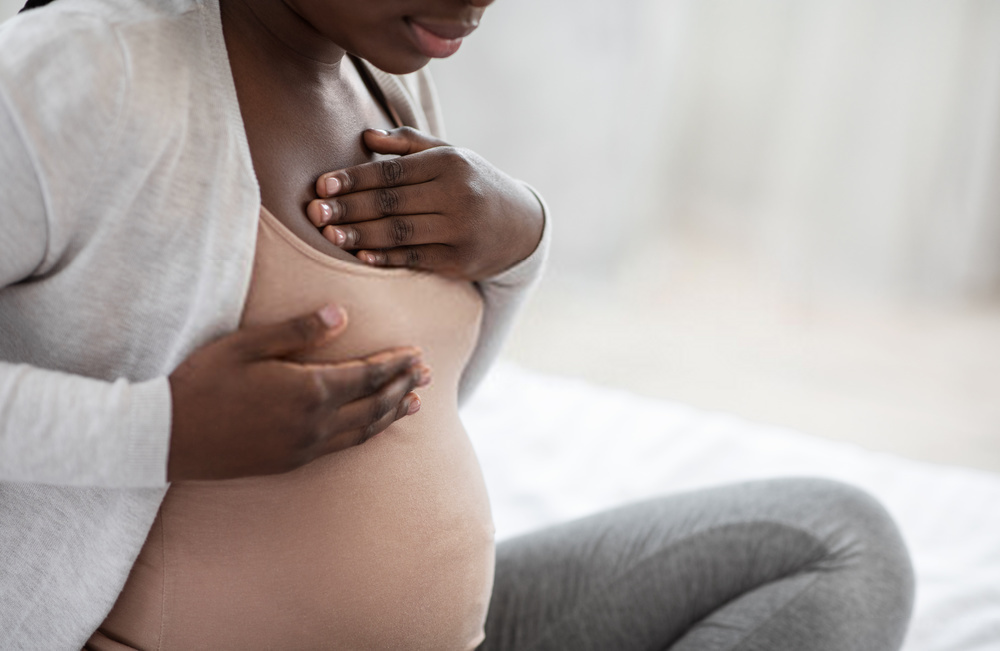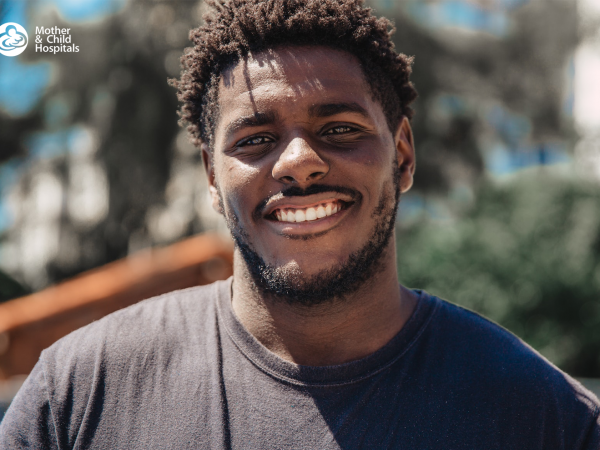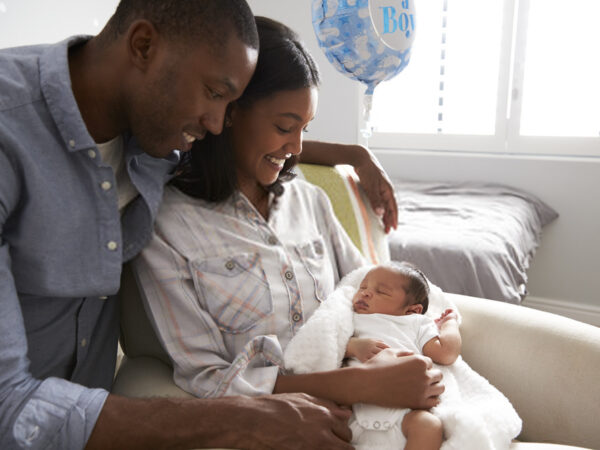
One of the earliest ways that a woman can observe that she is pregnant is with breast changes. Some common early pregnancy symptoms are breast enlargement and tenderness. Sore nipples, tingling in breast, blue veins, darkened areola, erect, protruding, or centralized nipples are also pregnancy experiences. The woman may experience bumps around the areola (Montgomery’s tubercles) or leak colostrum. Colostrum is the earliest milk produced by the body after the birth of a baby. Colostrum development begins in pregnancy and the nutrient-rich milk lasts for several days after birth.
How to care for the breast during pregnancy
- Get a right-sized, firm cotton bra
- Wash nipple regularly with plain water
- Massage the breast and areola on a daily basis with a lubricant (olive or coconut oil, Vitamin A or D ointment)
- Pull out the nipple gently as you massage, and use a nipple former or shield as further support if you have flat or inverted nipples
- Shave off hair around nipples if you are hairy there
- Change bra often and use a breast pad if you are leaking colostrum
- Wear well-fitted clothes
Nurse/Midwife Kate Obi-Nwabugor explains breast conditions during pregnancy, nipple types, as well as how to get the breast ready for Breastfeeding below.
In the video below, Consultant Surgeon, Dr. Olaniyi Bankole teaches on the composition of the breast, and prevention and treatment of breast infections.
A full-grown breast consists of lobules, fat, blood vessels, lymph fatty tissues, nerves, and skin. Each lobule is made up of a gland that produces milk, ducts through which milk is delivered to the nipple, and the areola where the baby can latch on. The variability of each person’s lobule quantity ranges from 15 to 25 does not depend on the size of the breast but the shape and size of the breast is largely a result of the fat in the breast.
Breast infection occurs when bacteria invade the breast resulting in inflammation and it occurs in 10-33% of lactating women. However, generally with women, there are common breast concerns. Read more here. Some potential causes of breast infection are plugging ducts with keratin, cracked nipples, diabetes mellitus, smoking, rheumatoid arthritis, obesity with large breasts, or inflammatory cancer.
A woman who just delivered can prevent infection of the breast by ensuring adequate breast hygiene, avoiding breast engorgement by breastfeeding often or expressing, and avoiding cracking of nipple. Where the nipple is cracked, rest the affected breast for 48-72 hours before resuming breastfeeding.
Symptoms of breast infection include warmth around the breast, swelling, redness, pain, fever, chills, and shaking. Other signs may be a history of difficulty with breastfeeding, engorgement, or nipple pain. If you suspect breast infection, please contact the hospital immediately and report for treatment early before abscess/pus is formed.




